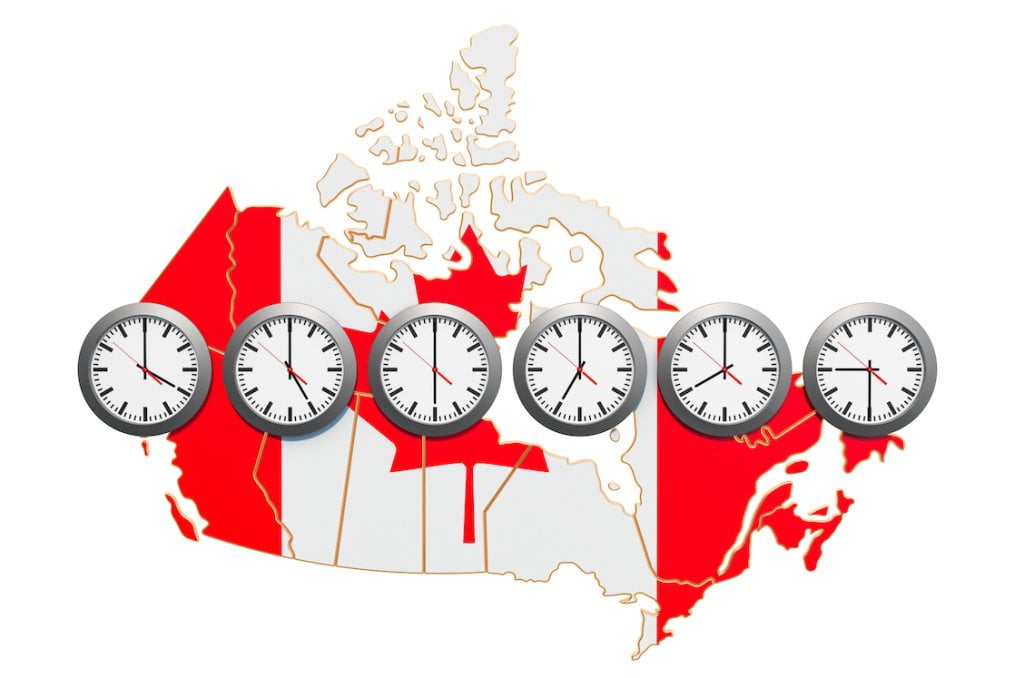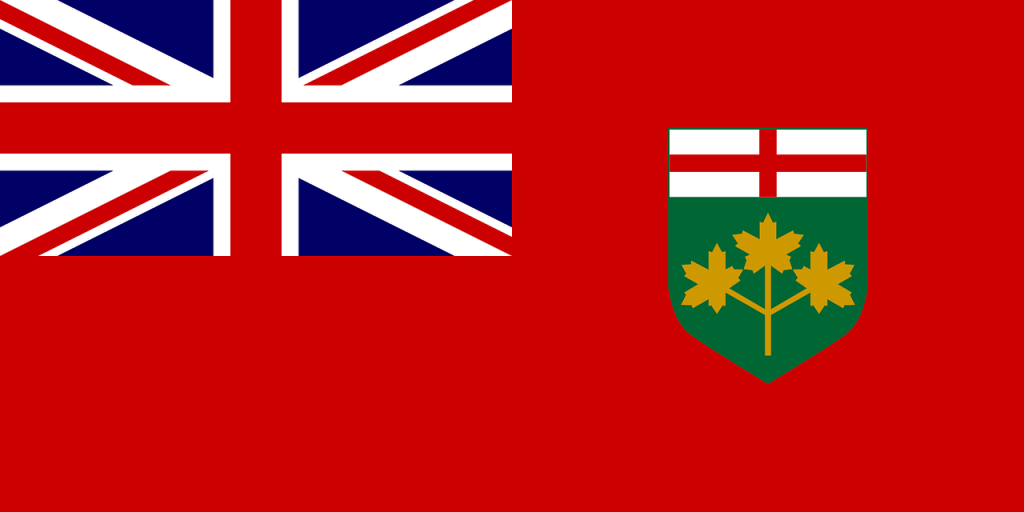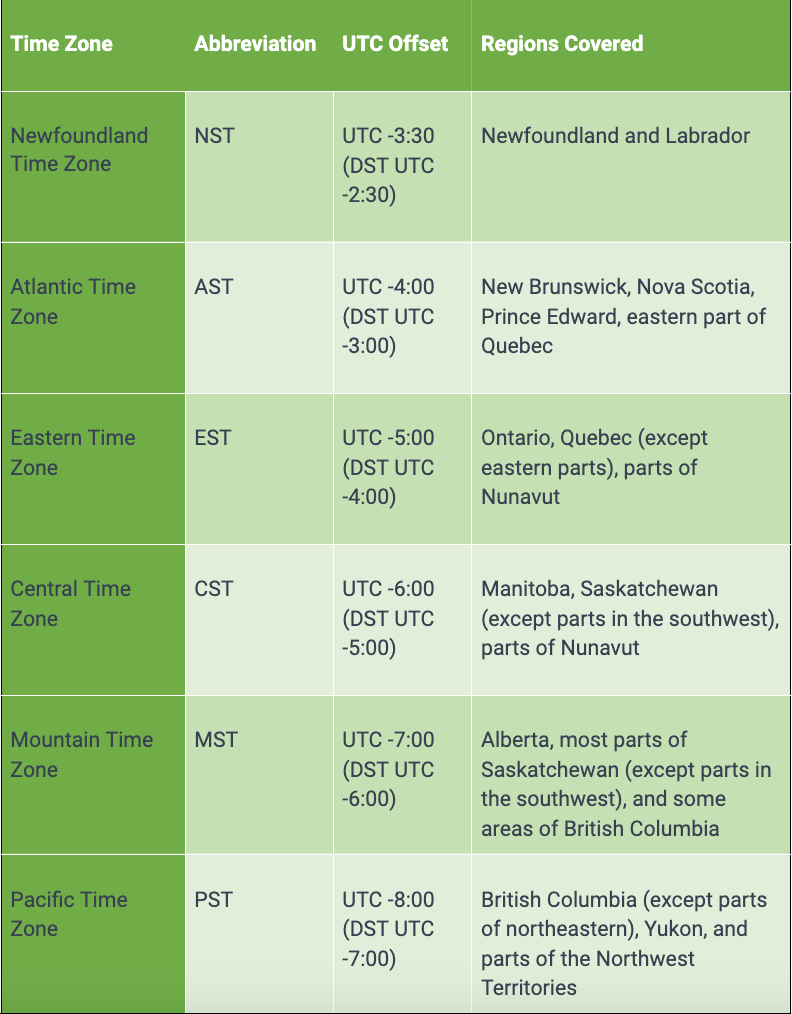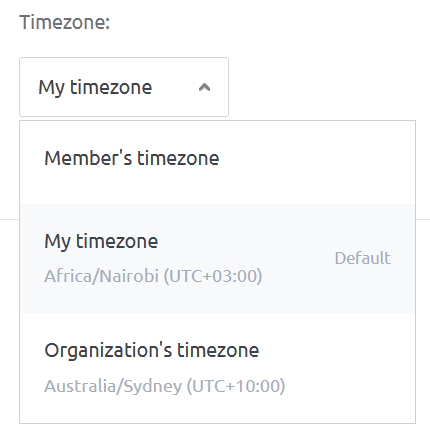
If you work as a digital nomad or remote employee, managing time zones can be challenging, especially if you work with teammates or clients in Canada, which spans across multiple time zones. With six different time zones to contend with, a good understanding of these differences will ensure that you work more efficiently and effectively.
Time zones can impact your work schedule, deadlines, and even your personal life. So, how do you handle Canadian time zones to coordinate properly with colleagues and clients?
Discover the time zone of Ontario and learn how remote employees manage Canadian time zones.
Keep reading to find out!
What Time Zone Is Ontario in?

Most of Ontario utilizes Eastern Standard Time (EST), which is five hours behind Coordinated Universal Time (UTC -5) and four hours behind (UTC -4) during daylight saving time. However, the western parts of Ontario, such as Fort Frances, use Central Standard Time (CST), which is six hours behind UTC (UTC -6) and UTC -5 during daylight saving time.
In other words, if the time in Ontario (specifically in Toronto, the provincial capital of Ontario) is 8 p.m., it’s 1 p.m. in London, UK, which uses the GMT time zone.
It’s worth noting that Ontario observes Daylight Saving Time. Daylight Saving Time starts at 2:00 a.m. local time on the second Sunday of March, meaning clocks are turned forward by one hour. It ends on the first Sunday of November, and the clocks are turned back to Standard Time at 2:00 a.m.
During Daylight Saving Time, the time in Ontario is Eastern Daylight Time (EDT) or Central Daylight Time (CDT), depending on the location. As of writing this post, the current time in most of Ontario is EDT.
Understanding the time difference can be useful when scheduling meetings and deadlines with team members or clients.
Here’s more information about Ontario time zones.
How Many Time Zones Are There in Canada?
Canada’s time zones are divided into six sections, depending on location. So, if you’re doing business, managing digital nomads, or are a digital nomad in the country, it’s important to be familiar with the various time zones that exist. Doing so will help you handle meetings, deadlines, and other pertinent issues clearly and confidently.
The time zones, which span from Newfoundland to British Columbia are as follows:

Important: As mentioned earlier, Daylight Saving Time begins in the spring and ends in the fall, except for some regions of Saskatchewan and parts of northeastern British Columbia, which do not observe Daylight Saving Time.
In addition to the six standard time zones, there are regions that observe unofficial time zones. Unofficial time zones occur when a region within specific time zones opts to observe a different standard time.
A good example is the southeastern part of British Columbia, including cities like Creston, which observe Mountain Standard Time (MST) all year round, although technically, it sometimes aligns with Pacific Time Zone (PST), depending on the season.
As you can see, it can be quite confusing for digital nomads to manage time zones in Canada. However, understanding how to handle multiple time zones can help you plan ahead and avoid missing appointments, meetings, or other scheduling mishaps.
It’s also advisable to communicate clearly with others about the time zones being referred to for smooth collaboration.
How Do Time Zones Work?
We live in an interconnected world, and time zones play a crucial part in our daily lives. They enable us to coordinate events and activities, facilitate international travel and business, and communicate with people around the world.
But have you ever wondered how time zones work?
Related: What Are the Time Zones in the US?
A brief history of time zones
Before the invention of time zones, the main timekeeping method was local solar time. Noon was when the sun was directly overhead wherever you were. Each town’s locals would simply set their clocks according to the official town clock or timekeeper and would change their watch when they traveled to another town.
With each town having its own unique time, there was a significant variation in the time difference between locations, which made it difficult to coordinate travel and communication.
All that changed in 1884 when 41 delegates from 25 nations met in Washington DC for the International Meridian Conference. One of the principles agreed upon was “to adopt a single world meridian to replace the numerous ones already in existence” and divide the world into 24 time zones, each one hour apart.
The system was to be centered on the Greenwich Mean Time (GMT), which runs through Greenwich, England, serving as the reference point for calculating time globally. In 1964, a new time scale, Coordinated Time Zone (UTC), was adopted and is still in use today.
How time zones work
Time zones are based on dividing the world into 24 equal sections, each representing one hour of the day. Each time is defined by the difference in hours and minutes between the local time and the Prime Meridian and is associated with a specific UTC.
Each of the 24 time zones is designated by a three-letter code, such as CST for Central Standard Time or PST for Pacific Standard Time. For example, Tokyo is nine hours ahead of UTC, while New York is five hours behind UTC. India is five and a half hours ahead of UTC, while Vancouver is seven hours behind UTC.
Related: What Time Zone is Sydney?
Daylight saving time
Daylight Saving Time (DST) is the practice of shifting the clock one hour forward during summer and one hour back in the winter months.
Due to seasonal variations in daylight in some countries like the USA, daylight saving time is observed, where clocks are adjusted by one hour during summer months. This way, people shift an hour of daylight from the early morning to the evening to make better use of natural light and cut down on energy consumption.
Daylight saving time implementation varies widely depending on location, with differing start and end times. For example, DST starts on the second Sunday in March and ends on the first Sunday in November in the U.S. and Canada. In Australia, it begins at 2:00 a.m. on the first Sunday in October and ends at 2:00 a.m. on the first Sunday in April.
Time zones fun facts
- France has the most time zones – 12 in total – due to its various territories around the world.
The U.S. and Russia hold second place in countries with the most time zones, with 11 time zones each. At the spot where the borders of Norway/Finland, Norway/Russia, and Russia/Finland meet, you can experience three time zones at the same time. - Most small countries use a single time zone. However, China and India are the largest countries that use a single time zone.
- Most countries use a time zone that differs by one hour. However, a select few use half-hour or quarter-hour time zones. These include Iran, India, Nepal, some parts of Australia, Lanka, and Myanmar.
How to Handle Time Zones as a Digital Nomad?
As a digital nomad, your lifestyle involves traveling frequently and working with clients across multiple time zones. This complicates managing time zones to ensure consistent productivity. Fortunately, you can apply these tips to help you stay productive throughout your day:
- Plan in advance by checking the time differences between your current location and the places you’ll be visiting.
- Maintain a consistent work schedule regardless of your location, to minimize miscommunications and avoid confusion.
- Be flexible and adaptable to effectively stay productive in challenging situations.
- Factor in daylight saving to avoid confusion in your or your client’s schedule.
- Stay organized by leveraging productivity tools like project management software and time management apps to manage deadlines and projects/tasks.
Digital Nomad-Friendly Countries Close to Canadian Time Zones
As a digital nomad, the world is your oyster and you’re the pearl. However, some countries are more friendly to your kind of lifestyle than others. If you’re based in Canada or traveling to Canada, it’s best to consider countries close to Canada’s time zones.
Here are some of the top digital nomad-friendly countries close to Canada’s time zones:
Costa Rica
Popularly known for its stunning landscapes, eco-tourism, and natural beauty, Costa Rica is one of the best digital nomad-friendly countries in the world. The country offers digital nomad visas, meaning it embraces the digital nomad community, who are exempt from income tax.
Generally, Costa Rica is a safe place for visitors. However, like in any country, watch out for petty theft, especially pickpocketing in tourist-heavy destinations.
You can find co-working spaces and cafes with reliable Wi-Fi in places like San Jose, Puerto Viejo, Samara, and Tamarindo. Costa Rica is in the Central Time Zone, which is one hour ahead of most Canadians’ population.
Mexico
Home to beautiful beaches, warm climate, and low cost of living, Mexico is another popular destination for digital nomads and remote workers. It has a reliable digital infrastructure, making it easy to communicate and collaborate with team members from anywhere in the world.
Mexico has four standard time zones:
- Central Standard Time covers the central and most of the eastern parts of the country, including the capital Mexico City.
- Mountain Standard Time covers most of the Western parts of the country, including Sinaloa and Sonora.
- Pacific Time Zone covers areas bordering the Pacific Ocean and California.
- Eastern Standard Time is observed in Mexico’s easternmost state, Quintana Roo.
These time zones are just a few hours ahead of time in Canada, making them a great option for digital nomads.
Panama
Panama, specifically Panama City, is an excellent choice for digital nomads. Apart from a range of coworking spaces, it has the fastest internet in all of Central America. Other exciting towns include Boquete – best for those who want a quieter place to work and Bocas del Toro – for those who enjoy a beachside lifestyle.
Tourists who want to stay longer than the 180 days allowed can take advantage of Panama’s digital nomad visa. The country offers affordable living, is generally safe, and has a quality healthcare system.
Panama observes one time zone – Eastern Standard Time (UTC -5) – all year round, and there is no daylight saving time. The difference between Panama and Canada is only one hour, making it easy for digital nomads to work with clients in Canada.
Colombia
Colombia is best known for its beautiful landscapes, vibrant culture, and biodiversity. From the natural parks to the Caribbean beaches to the jungles, there’s a lot to explore in this wild country.
Colombia is the latest country to implement strategies to attract remote workers to the country. Its new digital nomad program launched in March 2023, and you can find a variety of coworking spaces in destinations like Bogota, Medellin, Cartagena, and Cali.
The country was recently named “the world’s most affordable places to live in 2023” by International Living and lies in the Eastern Time Zone. Currently, the local time in Toronto is the same as in Colombia.
Dominican Republic
Digital nomads are drawn to the Dominican Republic’s beautiful beaches, friendly locals, and warm weather. The country is in the Atlantic Time Zone, giving you a maximum number of hours of overlap for collaborative work.
Some of the best places to live as a digital nomad include Santo Domingo – the country’s capital, Santiago, Puerto Plata, and Las Terrenas. You’ll find remote working locations all over the country, giving you a chance to explore the people and culture while working.
How to Use Traqq to Better Manage Time Zones
Working remotely with clients in different time zones can be challenging. It becomes more complicated for digital nomads who have to change their clocks from time to time to match their current location.
To make it easier, Traqq offers a better way to manage and track time zones based on your clients’ or team members’ location. This will prevent you from missing meetings and deadlines. Moreover, you can easily switch between time zones, enabling you to work in your client’s time zone.

In addition, Traqq lets you track how much time you spend on various tasks, monitor your productivity levels, view detailed reports, and identify areas that take up too much of your time. The tool also allows you to set reminders and alerts that enable you to stay on top of your schedule.
Ultimately, the time tracking software will help you improve your productivity, efficiency, and time management skills.
Wrapping Up
One of the major challenges that digital nomads face is time management, especially when traveling and handling clients in multiple time zones. If you live, plan to travel to, or work with clients in Canada, it’s crucial to understand Canada’s time zones to ensure you work productively.
The region has six time zones, and some parts observe daylight saving time. Using a tool like Traqq makes it easier to set and track time zones, so you can adjust your work schedule accordingly.


